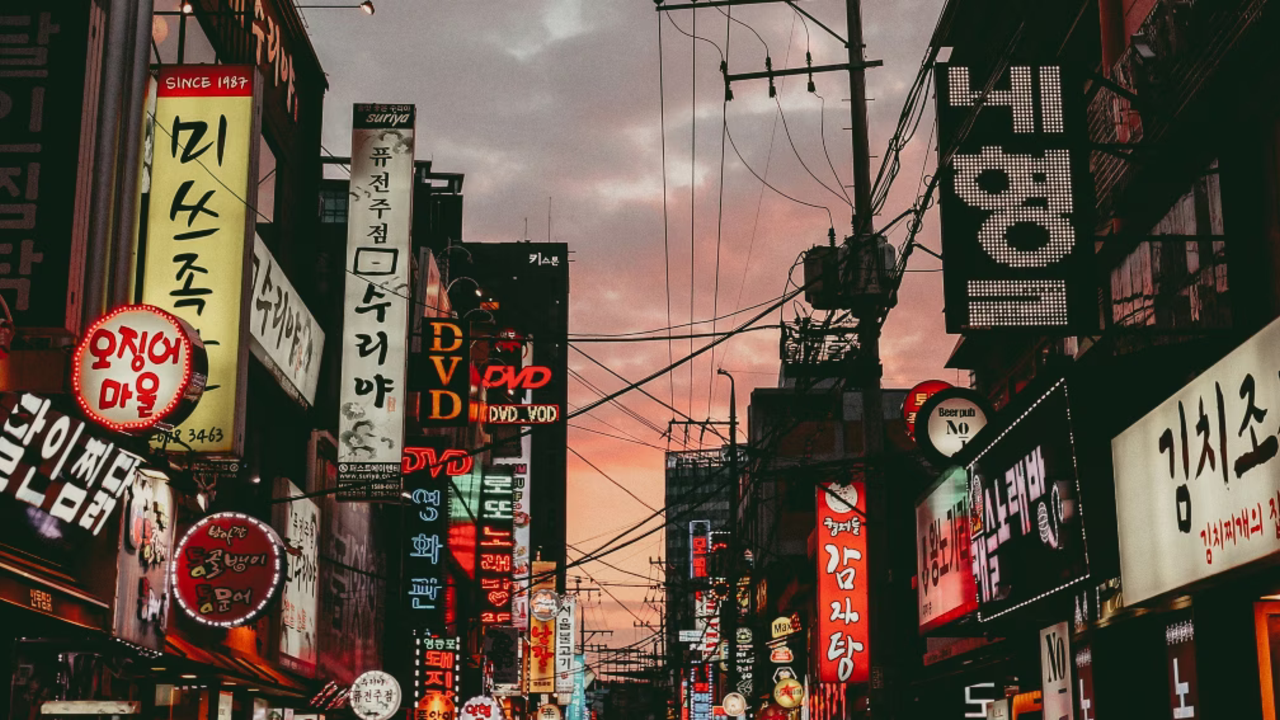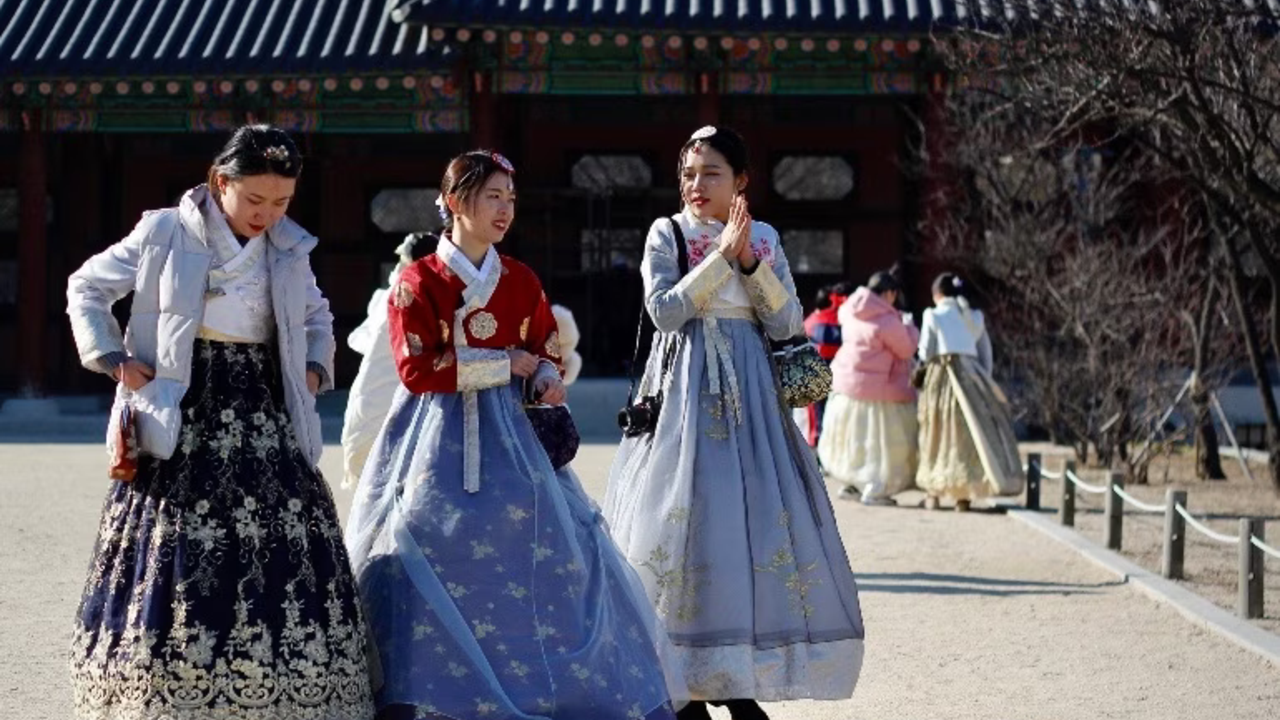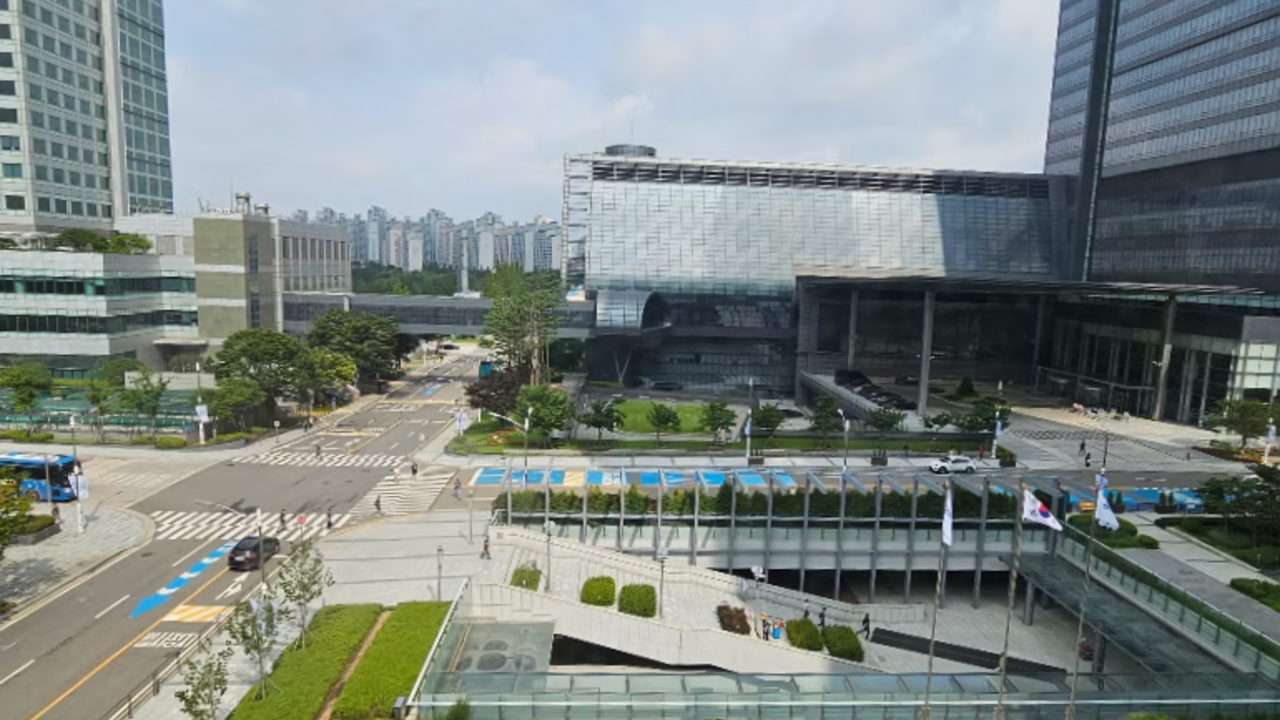

Seoul (in Korean Sŏul), is one of the capitals to mark for an upcoming trip to Asia because like never before, South Korea sets trends worldwide, from music to cinema, food, and fashion.
For countless centuries, it remained overshadowed by two influential neighbors, China and Japan, primarily due to geographical factors. However, in recent years, it has undergone a remarkable transformation, unveiling its genuine essence and immense possibilities to the world.
Here’s what not to miss.
Five Experiences You Can Only Have in Seoul
Eating Authentic Korean Street Food

One of the most authentic experiences to try in Seoul is to eat real Korean street food at one of its many food markets. Among the largest and most historic is the Gwangjang Market with over 5,000 food and clothing shops and stalls to get lost in with scents, colors, and delicacies. This market even earned a feature in the TV series Street Food Asia on Netflix.
One of the featured vendors in the series is the kind and smiling Mrs. Cho Yonsoon. She runs her small kalguksu (Korean hand-cut noodles served in broth) and homemade pork or kimchi (fermented cabbage) dumpling stall. To sit at her counter and watch her prepare her dishes, there is often a little wait, but it’s truly worth it.
Other specialties of Korean cuisine at the Gwangjang Market, which were also featured in the sixth episode of Street Food Asia (Season 1, 2019) dedicated to Seoul, include savory pancakes with Mung beans and soy-marinated crabs.
Another place that street food lovers should take note of is Myeongdong, where you can find a night market with hundreds of stalls selling both sweet and savory products. A must-try is kimbap – made from kim (seaweed) and bap (rice) – which is similar to sushi as it’s made from seaweed, rice, vegetables, meat, or fish.
Another item that Koreans go crazy for is abalone, a large, highly prized mollusk with mother-of-pearl shell, increasingly appreciated in fine dining.
Indulging in K-Beauty and Stocking Up on Face Masks
Myeongdong is always lively and fun because there’s a continuous coming and going of people, not just tourists.
This is due to the many skincare shops selling beauty products and the famous cloth face masks. Skincare (particularly to achieve a porcelain effect) is a major obsession for South Korean women. Eyelid surgeries to make their eyes appear larger and jaw surgeries to have a more triangular face are extremely popular. It’s no wonder that South Korea has the highest number of cosmetic surgeries in the world.

Visiting Historic Palaces in Traditional Clothing (for free!)
In Seoul, there’s a curious custom: if you wear traditional clothing, you can enter sites and historical palaces around the city for free.
All you have to do is rent a hanbok at specialized stores, often located just outside the main tourist sites. The most common enthusiasts for this practice are Korean girls. You will see them proudly pose for photos and selfies while wearing wide, floor-length skirts and short jackets with wide, long sleeves, often embroidered and decorated.
You’ll undoubtedly find many people wearing hanbok at Gyeongbokgung (meaning “Splendor and Fortune”). The main imperial palace of the Joseon Dynasty which became the center of political and economic life in 1395. The complex, covering over 40,000 square meters (the largest among Seoul’s historical palaces), consists of various pavilions with classic sloping wooden roofs. These pavilions are, however, empty on the inside.
You can also find stores renting hanbok at Bukchon Hanok Village, a village with over 900 traditional-style houses that were once inhabited by the ruling class of the Joseon Dynasty. Some of these houses are still residences, while others have been converted into craft workshops or cafes. The steep alleyways wind their way up a hill between Gyeongbokgung and Changdeokgung palaces.
As you stroll through these winding alleys, one of the most striking images is the stark contrast between traditional Seoul and its modern side of futuristic skyscrapers. The Lotte World Tower, at 555 meters high, it’s the fifth-tallest building in the world. It features a glass-floored observation deck that offers a view of the city stretching to the horizon.
Singing Korean K-pop in a Karaoke Bar
Singing Korean K-pop at a karaoke bar is a must! Seoul’s dynamic atmosphere is filled with vibrant signs and neon lights, setting the stage for a lively urban experience. Cat cafés offer a unique blend of relaxation with feline companions and your favorite beverages. Meanwhile, you can indulge in Korean street food and the unexpected but delightful combination of chi-maek – beer and fried chicken.
As you explore the city, if you come across a sign that says “noraebang,” don’t miss the chance to try it out. It’s Korean karaoke, and young people are especially enthusiastic about it, especially with the K-pop craze sweeping the nation. These places offer hourly room rentals with comfy seating and vivid screens for singing the latest Korean and global hits.
This is a must-visit pilgrimage for K-pop enthusiasts.

Visit the Samsung Innovation Museum
For Koreans, Samsung is a source of national pride. You’ll find Samsung signs, LEDs, giant posters, and banners bearing the brand’s name everywhere you go. It’s as if it’s a mantra.
Anywhere in the city, there will always be a Samsung sign guiding you through the Silicon Valley of Asia.
This is because, just a few decades ago, South Korea was an impoverished nation, ravaged by the civil war that broke out in 1950. However, in a short span, it has transformed into the home of a tech giant. Over 300,000 employees worldwide which are capable of competing with established giants like Apple and Sony.
To delve into the history of this company and the evolution of its products, you can visit the Samsung Innovation Museum (SIM) in Suwon. Located in a city about thirty kilometers south of Seoul. This museum is situated right at the headquarters of the Korean multinational, also known as the Research and Development Center. It spans an area of nearly two million square meters, composed of 130 buildings, where over 37,000 employees work. Additionally, they serve 50,000 meals daily in their thirty cafés and company canteens.
The Digital Samsung City is not accessible to external visitors. Nonetheless, just the numbers associated with it provide an idea of how it’s like a city within a city. It includes offices and a start-up incubator, along with a hospital, a fire station, cycling paths, a large gym, soccer fields, squash courts, tennis courts, baseball diamonds, basketball courts, an Olympic-sized swimming pool, a ten-meter climbing wall, and three daycare centers that accommodate more than 900 children daily.
Given this, it’s no surprise that there’s a museum dedicated to the evolution of technology and the “Korean miracle”. Samsung began as a small business selling dried fish before venturing into electronics and, particularly, TV production in 1969. It’s definitely worth dedicating half a day to explore this museum, starting from the capital.
The SIM, opened in 2014, is a surprising and sometimes nostalgic journey into the past. The museum features historical household appliances and technological advancements, including early washing machines, refrigerators, and televisions. You can also explore the very first mobile phone, the 1973 Motorola DynaTAC from the United States. Witness their transformation over the years up to today.
It’s astounding to see how wireless calling, once an expensive endeavor, sometimes costing more than a car. For instance, there’s a 1985 Nokia (Mobira Talkman) displayed in a case, which cost over $5,000 at the time.
Another fascinating section of the museum retraces Samsung’s origins, complete with captivating vintage photographs and iconic models of appliances. There’s also a display featuring Olympic torches and cell phones launched for the occasion. This includes the Nagano 1998 torch, through Turin 2006, all the way to Pyeongchang 2018 and the most recent Olympics hosted in Korea since Seoul 1988.
The tour concludes in a small cinema room, where a brief video showcases scenes from daily life in a fully automated “home of the future”. For example, in the bathroom, there’s a facial recognition mirror that displays the day’s agenda. Something similar can be seen in person in the Experience Home within the Digital Samsung City. There, living room curtains close with a simple command on your phone. In the bedroom, when the alarm rings, the mattress elevates, while a projector descends to display the day’s news. In the kitchen, the fridge has a screen that shows video recipes after scanning the products you intend to use.
**Beauty Odyssey: Travel To South Korea With Sulwhasoo**
This article first appeared on grazia.it — Author: Beatrice Tomasini













